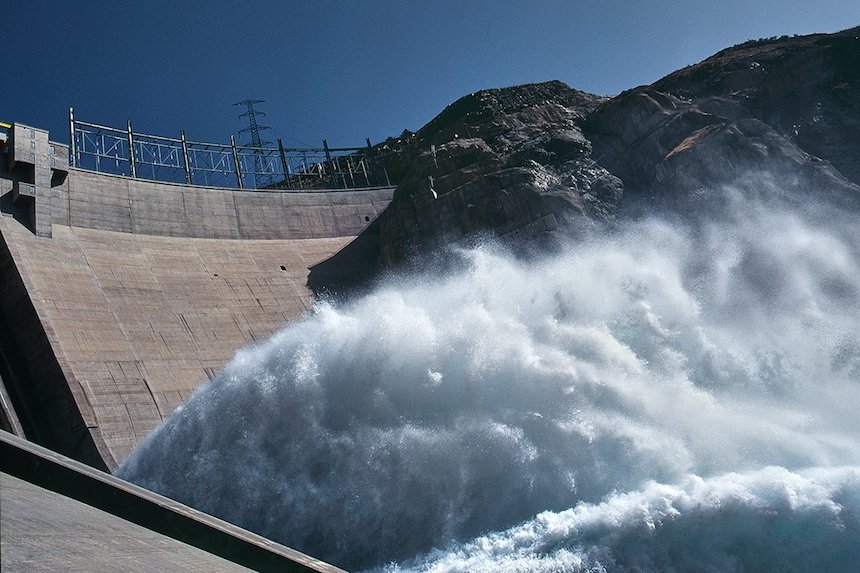
Large-scale interventions to water resources, such as irrigation, dams and reservoirs, and water withdrawals, have been essential to human development. But interventions tend to solve water scarcity problems at a local level, while aggravating water scarcity downstream. In a new study published in Nature Communications, researchers have now assessed the impacts of human interventions on water scarcity at a global scale.
“It’s common sense that taking water out of a river will leave less for those people downstream. But it’s not so straightforward,” says Ted Veldkamp, researcher at Vrije Universiteit Amsterdam and guest researcher at IIASA, who led the study. Seasonal changes in precipitation and water storage make it difficult for modelers to estimate water availability and impacts of interventions, and the effects of climate change can be difficult to tease out from other impacts like human activities.
IIASA notes that the new study is one of the first to provide a global accounting of regional and local water impacts, taking into account seasonal changes and different types of intervention, including water withdrawals, reservoir regulation, land-use change, and irrigation. Using an ensemble of five global hydrological models, the researchers examined the evolution of water availability, demand, and scarcity globally from 1971 to 2010. They also highlighted the separate impact of climate change and human interventions.
This systematic approach allowed the researchers to come up with an estimate that is more realistic than previous approaches—and which also shows greater water scarcity than previous estimates.
From 1971 to 2010, the study found, human impacts have drastically reshuffled water scarcity hotspots, with impacts on approximately one-third of the global population. On average, approximately 20% of the global population has experienced a significant increase in water availability due to human interventions, such as building water storage, alleviating water scarcity experienced by 8 percent of the population. At the same time, another 23 percent have experienced a significant decrease in water availability, for 9 percent aggravating water scarcity problems.
“The key message from this work is that people need to think about the upstream-downstream linkages: what will the impacts be of the choices they make? You need to have a good overview of all the consequences, not just the local impacts,” says Veldkamp.
As climate change and population place further pressure on tight water resources, the researchers found that policymakers and water managers need to take a regional and global perspective on local decisions. This is especially important for transboundary river basins, where policy development in one country may have consequences on different countries downstream.
“The complexity of water resource issues requires a better understanding of the interactions between socioeconomic development, climate change, and hydrology. This study provides an important step forward in this area,” says IIASA Water Program Deputy Director Yoshihide Wada, a study coauthor.
— Read more in T. I. E. Veldkamp et al., “Water scarcity hotspots travel downstream due to human interventions in the 20th and 21stcentury,” Nature Communications 8, Article number: 15697 (15 June 2017) (doi:10.1038/ncomms15697)
